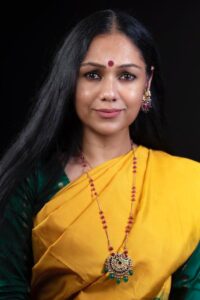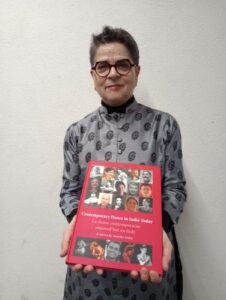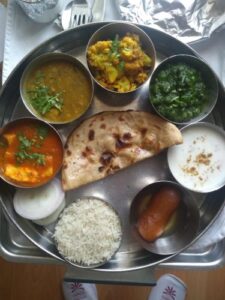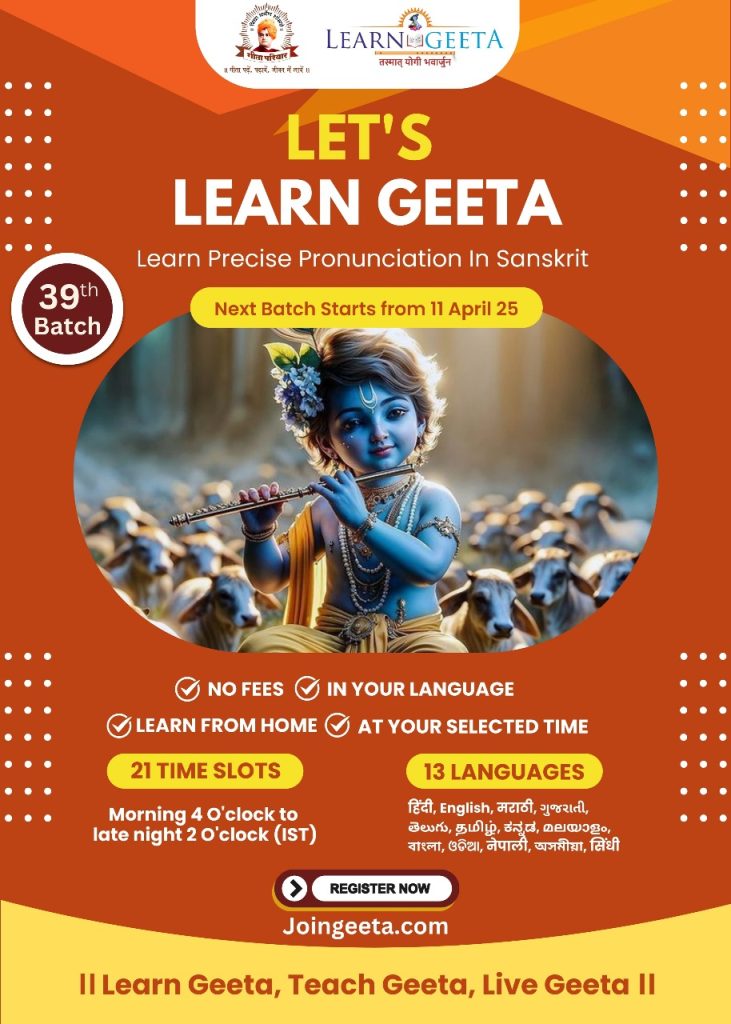A For…

A very healthy new year!
Happy now means healthy; Post Covid has taught us that.
A for…. a year ahead with hope.
A for… a new way to think
A for … Not my name or me but just be!
The year started with A book, A film and A conversation @BIC. That’s Bangalore International Centre, a mini version of Delhi’s India International Centre or Mumbai’s NCPA. Chennai has nothing new in modern culture space to boast of and Nandan complex of Kolkata is mostly a film space.
A for Annette Leday, who was the mainstay of this gathering – A book, a film and a conversation – built around her first book. It is a very layered and fragile, even contentious topic called Contemporary dance. What is contemporary? The survey undertakes to decide that. With sensitivity and substance. Annette Leday is a French national with an Indian heart. She has been coming to India for four decades now and seen India on all its growth, especially in a field that concerns her, dance pedagogy and performance.
Like most French coming to India, she too fell in love with India and adopted it as her second home. Kerala became her karma bhoomi and she speaks fluent Malayalam not koruchu-koruchu that’s little little. She learnt KK that’s Kathakali and then made the technique to explore what’s it like in contemporary works.
Annette Leday thus decided to do a survey of what’s happening in contemporary Indian dance. She got support from a good art body in France called the CND and in India from the IFA and the French Embassy. A Chennai art lover with biz background called Ranvir Shah helped with a five-city tour through his Prakriti Foundation.
What’s good about this survey is:
- It’s an update as on 2022
- All encompassing
- Non judgemental
- Neutral and
- Nice
Nice is a very odd word actually. It covers much without saying anything specific. Bit like the contemporary dance scene in India! Practitioners, dancers themselves are not clear about definitions. Each one seems to be at cross purpose with the other. In absence of a language, most don’t even have their messaging right. The book actually is very polite like most foreigners can be. My wife of 35 years Elisabeth Hall still says Thank You for every little thing, even at home. Do I learn? We Indians rarely do, or say Sorry, as we are a truly free, liberated lot! The survey-turned-book is well brought out and just states the situation as is where is basis. U read and decipher for yourself. Get a copy from goyalpublishers@gmail.com and you’d get a reality check.
The survey/book is bilingual in English and French and only 53 pages each. Pithy. Annette Leday has also documented voices on film, in the field. This helps in three ways. Reconstruction when she writes (the project took four years, two lost in covid); an immediate connect with a humanoid (Post covid, v value this much). Thirdly, ideas in dance get recorded for posterity (like Astad Deboo is no more and can still be seen on film) and best of all, as a good surveyor/compiler/documentar knows: No one can deny they didn’t say that and that! Ace film director and editor Cyrille Larrieu edited it and put it together, seamlessly.
The survey throws up many issues of provenance, performance, perks, press, public, power structures, patronage, politics and pelf.
It’s an excellent survey and only a foreigner could have done it without much bias. We Indians can’t function in teams or without egos. That’s our culture. This is a CULTURE COLUMN after all, don’t forget. Not just art.
Culture for the diaspora was what PBD is. Pravasi Bharatiya Diwas in short. This year it was held in Indore and indoors became the news, when many who had flown miles to be there from USA and Africa; Australia or Mauritius could not be accommodated in the hall. Didn’t the organisers plan this in good time? So Indian! Told you can’t work in teams or to time schedules. Those who attended felt the previous ones in Kerala and Delhi were far better organised.
Organising culture has to be done sensitively. In that the masters are them Madrasis. Brain with beauty. I’m half, so I’ve neither! The December season maybe over-rated or even a case of an over-kill but organisationally, still a feat. Non-stop dancing from morning to night. Singing for supper! As if there’s no tomorrow. Dressed to the hilt as if going to a wedding. Please understand December January are the best months in hot and humid Madras rest of the year. Only two months, chalo, max three are tolerable. Rest of the year is just hot and hotter. Steam bath one feels just after having taken a bath. So come Margazhi month December January and all dress up in their silks and come out like peacocks. Men don’t matter, unless they are dandies. Siberian cranes – those daaaalluurrs rich NRIs come too – from afar to watch and be seen. Conferences like the Natya Kala are much awaited events. Convenor Rama Vaidyanathan outdid all previous ones. She has excellent organisational and inter-personal skills and included all and sundry so the spread and outreach was vast.

Vast is the pallette of India and its culture. Where’s North India with its freezing temperatures in winter and a shining South? Where is the beauty of forests and flowers of Northeastern region with sands of Rajasthan and Gujarat? Oh, we are so lucky to be born in India with vast cuisine and textiles; languages and literature; films and fortunes to be made in start-ups, industry, even chefs a la Master Chef shows. India is the most happening place on earth and I’m so happy to be alive and here and now. And how. Wow!
Ashish Mohan Khokar is an artivist too, raising questions and issues that help society. This after 45 books and
5,000 articles in mainstream media in last 40 years of writing, teaching, filming, mentoring makes him the
most original voice in dance documentation field. A historian, backed with proof and academics,
he is hailed as the gold standard of Indian dance heritage writing.





1 Comment
Put across so well. Always a pleasure reading your column!!!